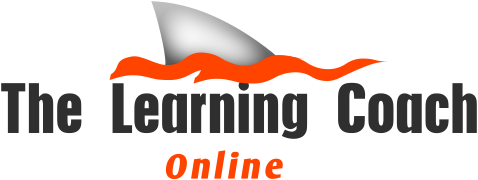A learning platform, also called LMS Learning Management System , education platform or e-learning platform, is a digital environment for managing educations and students. It is used in schools, but also in companies for internal training or company courses. An LMS works as a tool for distributing digital courses and managing all parts around them, as well as for following up the learning that takes place.
- Login – with personal login, it is ensured that the right course participant can securely access the correct information while sensitive course material will not be available to unauthorized persons.
- Course management – so you can add new courses and update existing courses.
Management of users – partly the current way of assigning courses to users and following up on who has implemented what, partly for the management of the user himself; how to create users, import multiple users at once or export options. - Follow-up – it is important to be able to follow up the learning, take out reports partly for your own use but also to follow up with other stakeholders such as managers, customers etc.
- Integration opportunities – because today it is so important that all the digital systems we have can talk to each other, so that we do not have to do the same job several times.
- Automation – to minimize unnecessary hand-laying
How to choose the right learning platform or LMS Learning Management System ?
It is not easy to know what to look for precisely for your needs and requirements for a learning platform. There is a lot to take into account, and traditionally it has been associated with both long binding times and start-up fees that make it costly to test different.
In addition to the cost, functionality requirements also come into play. These also of course also differ from case to case, but below we have gathered some important points to take into account in the choice of learning platform.
Functionality requirements
Most learning platforms have a fairly similar set of basic functionality that covers the points we presented above. They may look a little different in how they work but aim to achieve roughly the same overall goal. The difference lies in the details.
When looking for a learning platform, it is therefore important that you look at what is offered and familiarize yourself with the differences between different systems and define what is important for yourself. If you are going to train your customers in the system, you may have other needs than if you are going to train your employee. Are you ready to do more manual work or do you want a lot of automation? Does user management work in a way that makes it easy for you to create a structure and hierarchy that matches your organization in general?
When you have a list of what is important to you, it is good to review it again and define what are actually requirements, and what would really just be nice. Most of the time you will have to compromise on some item on the list.

How many users?
Most learning platforms have a licensing model that is in some way linked to the number of users. For example, our model is based entirely on the number of users, where the actual number of users a month is the only thing that controls the monthly cost .. and then it follows the exact number from month to month without you having to do anything.
Other systems instead have different levels where you need to commit to a level, for example between 300-500 users, and then get a slightly higher cost per user who ends up above it. It can definitely be an option also if you know how many users you will be from month to month and are willing to commit to it.
Another important aspect when looking at the number of users and the license model is to see that the level you end up at also has all the functionality you want. It is quite common for different learning platforms to limit the functionality of those who are at their lower user levels.
For what purpose should the learning platform be used?
If you want to sell training, you will need certain parts of the platform that are not needed if you instead only have it for internal training. If you want to use the platform for compliance training, you may need a different type of follow-up and feedback than if the training is more general.
So when it comes to choosing a learning platform, it is good that you have defined your main purpose, then fill in with what other areas you can see for the system. It is not uncommon to start with in-house training, then realize that this with digital courses is something that can be good for your customers also to increase customer value or reduce support in the future.
How many courses, and how big courses?
This question is important partly to see how the actual course management should be performed. If you are going to have many small courses, you may need a smoother handling of assigning the courses to the right users at the right times than if you are going to have a couple of larger courses for all employees.
Will you want larger course programs where access to courses is triggered by completing the courses at the level before, or do you want the courses more independent?
Existing course material or start from scratch?
If you are going to start from the beginning, it is important that you look at how to create the courses that are to be placed in the learning platform. Do you want a system with a built-in authoring tool? Do you want to use an external authoring tool? Or, as with Evercate,


